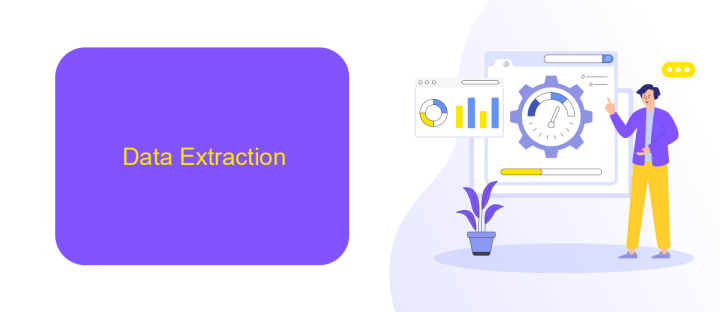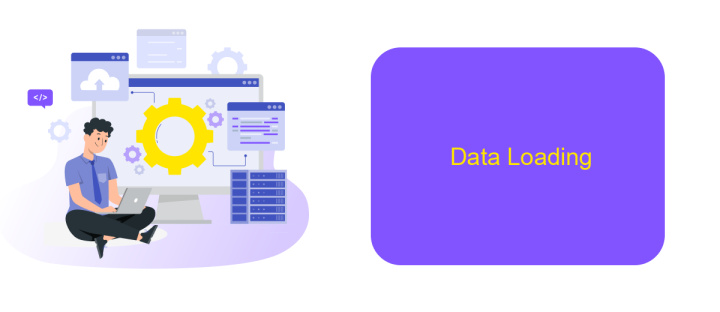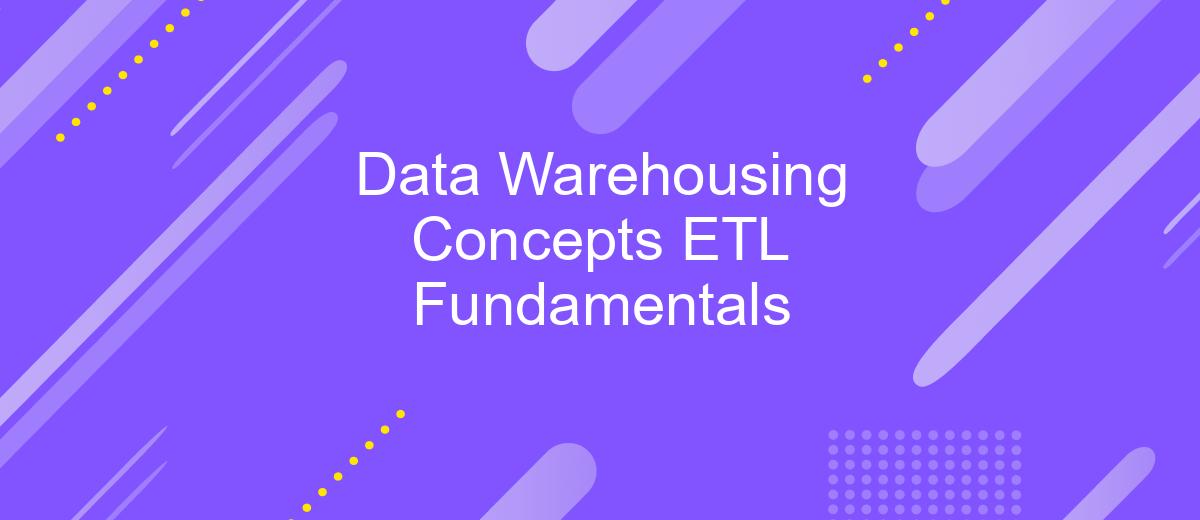Data Warehousing Concepts ETL Fundamentals
Data warehousing is a crucial aspect of modern data management, enabling organizations to consolidate and analyze large volumes of data from various sources. This article delves into the fundamental concepts of data warehousing, with a particular focus on ETL (Extract, Transform, Load) processes. Understanding these essentials is key to leveraging data for strategic decision-making and gaining a competitive edge.
Introduction
Data warehousing is a critical component of modern business intelligence, providing a centralized repository for storing and managing large volumes of data. This structured storage allows organizations to efficiently analyze and derive insights from their data, driving informed decision-making processes.
- Data Extraction: Collecting data from various sources.
- Data Transformation: Converting data into a suitable format.
- Data Loading: Inserting transformed data into the warehouse.
Understanding the fundamentals of ETL (Extract, Transform, Load) processes is essential for effective data warehousing. ETL tools, such as ApiX-Drive, simplify the integration of various data sources, ensuring seamless data flow and consistency. By automating data integration tasks, ApiX-Drive enhances efficiency and accuracy, allowing businesses to focus on analyzing and leveraging their data for strategic advantages.
Data Extraction

Data extraction is the initial phase in the ETL process, where raw data is collected from various source systems. These sources can include databases, cloud storage, APIs, and flat files. The primary goal is to retrieve data accurately and efficiently without impacting the performance of the source systems. This step is crucial as it lays the foundation for the subsequent transformation and loading processes. Various extraction methods can be employed, such as full extraction, incremental extraction, and real-time extraction, each catering to specific data needs and system capabilities.
In modern data warehousing, integrating data from multiple sources seamlessly is essential. Tools like ApiX-Drive facilitate this by providing a user-friendly platform for setting up and managing integrations. With ApiX-Drive, users can automate data extraction from diverse sources, ensuring that data is consistently and reliably collected. This not only saves time but also reduces the risk of errors that can occur with manual data handling. By leveraging such tools, organizations can streamline their data extraction processes, enabling more efficient and accurate data warehousing.
Data Transformation

Data transformation is a crucial step in the ETL process, wherein raw data from diverse sources is converted into a structured format suitable for analysis. This process ensures data consistency, quality, and usability, making it an integral part of data warehousing. During transformation, data can be cleansed, normalized, aggregated, and enriched to meet the specific requirements of the target data warehouse.
- Data Cleansing: Remove inaccuracies and inconsistencies to ensure data quality.
- Data Normalization: Standardize data formats and values for uniformity.
- Data Aggregation: Summarize detailed data to provide high-level insights.
- Data Enrichment: Enhance data by adding relevant information from external sources.
Effective data transformation often requires sophisticated tools and services. ApiX-Drive is one such service that facilitates seamless integration and data transformation across various platforms. By using ApiX-Drive, businesses can automate data workflows, ensuring timely and accurate data transformation, which is essential for making informed decisions and driving business growth.
Data Loading

Data loading is a critical phase in the ETL process, where transformed data is moved into a target data warehouse. This step ensures that the data is available for analysis and reporting, providing a foundation for informed decision-making. Efficient data loading strategies are essential to maintain data integrity and optimize performance.
One of the key considerations during data loading is choosing the appropriate loading method. There are two primary methods: full load and incremental load. Full load involves loading all the data from the source system to the target, while incremental load updates only the data that has changed since the last load. The choice between these methods depends on factors like data volume, frequency of updates, and system capabilities.
- Full Load: Complete data transfer from source to target.
- Incremental Load: Only updates changed data since the last load.
- Batch Processing: Data is loaded in batches at scheduled intervals.
- Real-time Processing: Data is loaded continuously as it changes.
Integrating data from various sources can be challenging. Tools like ApiX-Drive facilitate seamless integration by automating data transfer processes and ensuring that data from multiple sources is accurately loaded into the target system. This helps in maintaining data consistency and reducing manual efforts, thereby enhancing overall efficiency.


Conclusion
In conclusion, understanding the fundamental concepts of data warehousing and ETL processes is crucial for any organization striving to optimize data management and analytics. These concepts provide the framework for collecting, transforming, and loading data from various sources into a centralized repository, enabling more informed decision-making and strategic planning. By leveraging robust ETL tools and methodologies, businesses can ensure data accuracy, consistency, and accessibility, which are essential for maintaining a competitive edge in today's data-driven world.
Moreover, integrating modern solutions like ApiX-Drive can significantly streamline the ETL process. ApiX-Drive offers seamless integration capabilities, allowing organizations to connect various data sources and automate data workflows efficiently. This not only reduces the time and effort required for manual data handling but also minimizes the risk of errors, ensuring a more reliable and efficient data warehousing system. By adopting such innovative tools, companies can enhance their data integration processes, thereby maximizing the value derived from their data assets.
FAQ
What is Data Warehousing?
What is ETL in the context of Data Warehousing?
Why is ETL important for Data Warehousing?
What are some common challenges in ETL processes?
How can automation tools help with ETL processes?
Routine tasks take a lot of time from employees? Do they burn out, do not have enough working day for the main duties and important things? Do you understand that the only way out of this situation in modern realities is automation? Try Apix-Drive for free and make sure that the online connector in 5 minutes of setting up integration will remove a significant part of the routine from your life and free up time for you and your employees.

